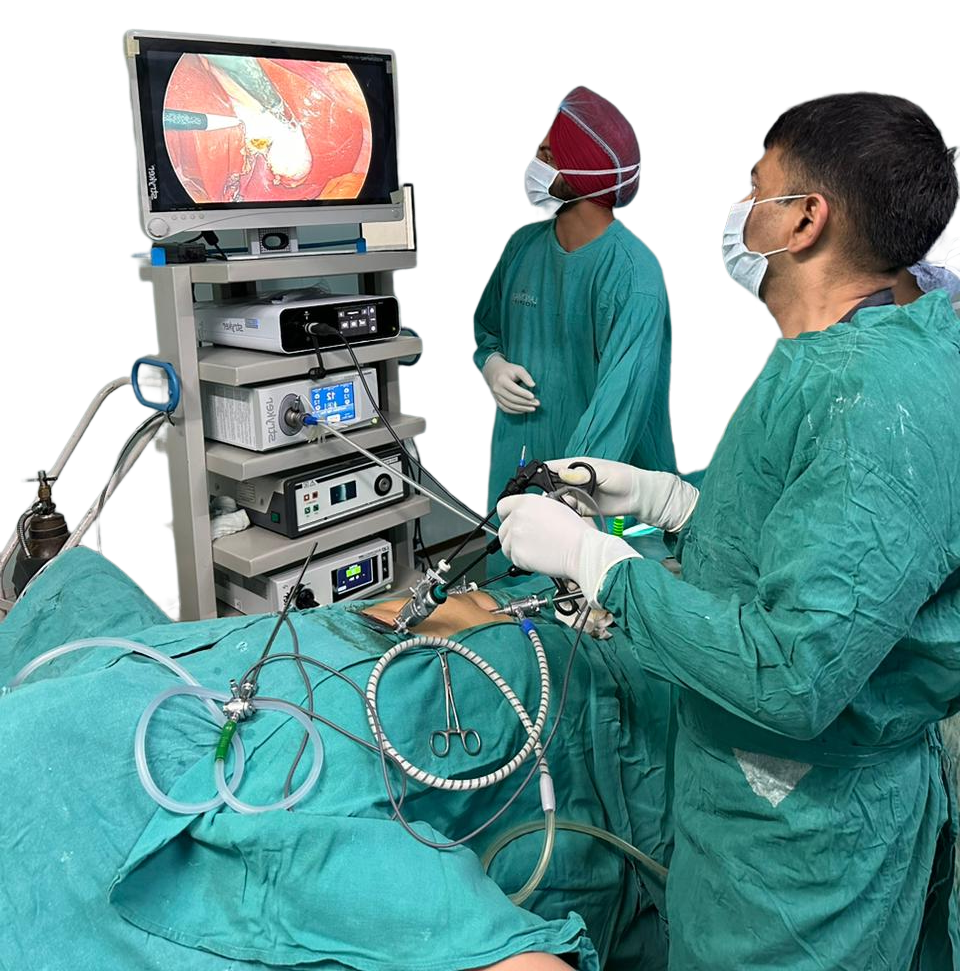General and routine laparoscopic surgeries
General and routine laparoscopic surgeries
Laparoscopic surgery, also known as minimally invasive surgery, is a surgical technique that uses small incisions and specialized instruments to access and operate on internal organs. Here are some general and routine laparoscopic surgeries:
- Laparoscopic cholecystectomy: This is a surgical procedure to remove the gallbladder, usually performed to treat gallstones or inflammation of the gallbladder.
- Laparoscopic hernia repair: This is a surgical procedure to repair a hernia, which is a bulge in the abdominal wall that occurs when an organ or tissue pushes through a weak spot in the surrounding muscle.
- Laparoscopic appendectomy: This is a surgical procedure to remove the appendix, usually performed to treat appendicitis, which is an inflammation of the appendix.
- Laparoscopic hysterectomy: This is a surgical procedure to remove the uterus, usually performed to treat conditions such as uterine fibroids, endometriosis, or cancer.
- Laparoscopic colectomy: This is a surgical procedure to remove part or all of the colon, usually performed to treat conditions such as colon cancer, diverticulitis, or inflammatory bowel disease.
- Laparoscopic gastric bypass: This is a surgical procedure to treat obesity by creating a small stomach pouch and rerouting the small intestine to the new pouch.
These are just a few examples of general and routine laparoscopic surgeries. Other laparoscopic procedures include surgeries on the liver, spleen, pancreas, and other abdominal organs. The specific surgery that is recommended will depend on the patient’s medical condition and the surgeon’s recommendation.

